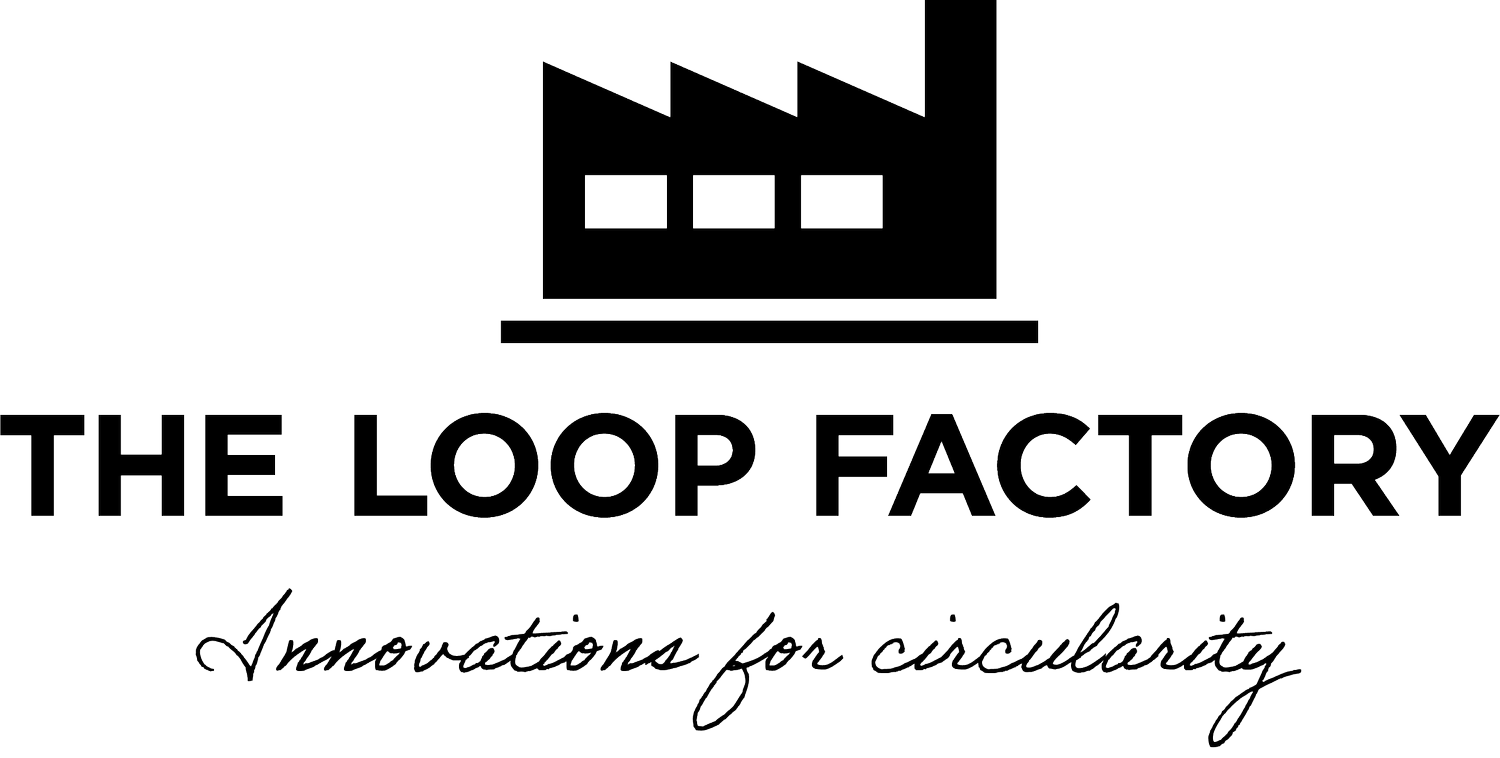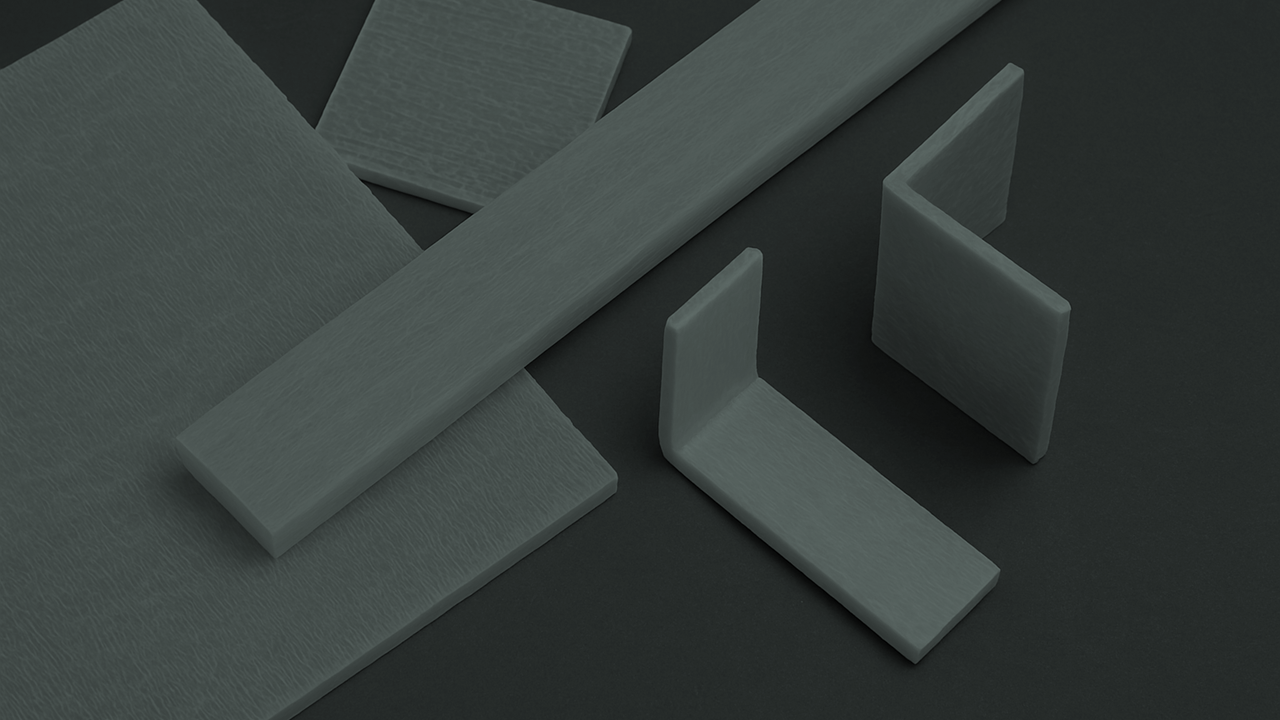
Building circular value chains from train recycling.
How can trains live on, even after retirement?
Together with Norske tog and Hellik Teigen, we explored how to turn retired trains into valuable material resources.
The result: a practical roadmap for circularity in the railway sector.
BACKGROUND
Norske tog manages the full lifecycle of Norway’s passenger trains, from purchase to end-of-life. When trains are retired, reusable parts are dismantled, but many materials still go unrecovered. In collaboration with Hellik Teigen, we supported Norske tog in identifying circular opportunities to increase recycling, reduce waste, and recover more value.
CHALLENGE
Complex materials in trains make recycling difficult. Some parts are easy to recover, but many are low-value, mixed, or costly to process in small volumes. Buyers often prefer primary materials due to their lower prices and greater traceability. The lack of data, demand, and recycling infrastructure limits the circular potential of valuable industrial waste streams.
SOLUTION
We analysed all primary material flows from decommissioned trains. Through screening, data mapping, and technical evaluation, we identified which materials had the best recycling or substitution potential. The result is a scalable framework for circular material assessment, designed to support future dismantling, procurement, and innovation.
RESULT
The final report gave Norske tog a clear roadmap for material recovery. It includes prioritised fractions, recycling options, and actionable next steps. The outcome supports compliance with circular economy goals. It paves the way for better end-of-life decisions, scalable recycling strategies, and improved sustainability reporting.
“First step for our end-of-life railway vehicles is “harvesting” of parts for reuse.
All metals are recycled, and after shredding, the waste fraction ends as energy recovery.
Together with The Loop Factory, we decided to do an overall assessment of seven non-metallic material fractions.
This third-party survey confirmed the opportunities and challenges of recycling these materials.
The recommendations by The Loop Factory support us in our decision-making for end-of-life vehicles for the next 3-5 years.”RUNE ANDREASSEN, NORSKE TOG
KEY TAKE AWAYS.
Recycling reduces climate impact and makes better use of valuable resources.
By recovering materials from existing products, we cut the need for virgin resources and lower emissions from new production.Current recycling systems are often costly due to fragmented value chains and underdeveloped infrastructure.
To make circularity scalable, we need stronger collaboration, smarter logistics, and targeted investments.Sustainability must be practical, not just visionary.
The most effective circular solutions balance environmental goals with technical and economic realities.Design with circularity in mind.
Smart material and construction choices at the start make reuse and recycling much easier at the end-of-life.
Evaluate Your Material Streams for Circularity.
In just a few weeks, we will take you from a material inventory to technical analysis and clear recommendations.
Learn more about our Material Screening service.
Smarter Recycling Strategies for Decommissioned Trains.
As Norway transitions to a new generation of electric trains, older trainsets are gradually being retired. While more than 80% of a train’s weight, including steel and aluminium, is already recycled, non-metallic components remain a significant challenge for circularity.
Materials such as seat textiles, foam, plywood, fibreglass, thermoplastics, and rubber are often sent to energy recovery. Yet these fractions hold untapped potential for higher-value circular solutions.
To tackle this issue, Norske Tog launched a material-recycling project with the recycling company Hellik Teigen. We were brought in as a third-party innovation partner, offering expertise in textiles, non-wovens, and circular material flows.
THE LOOP FACTORY’s Role
We conducted an in-depth material screening of the non-metallic components from decommissioned trainsets. The goal was to identify opportunities for reuse, recycling, and value retention, and to support smarter, more circular decisions in future decommissioning.
What We Delivered
Third-party analysis of non-metallic train materials
Mapping of circular opportunities across key fractions
Strategic input for future dismantling and sorting processes
Insights to support downstream decision-making and regulation readiness
The project gave Norske Tog a clear overview of what can be recovered, what’s currently missing, and where to focus next. It uncovered previously overlooked value and laid the foundation for more sustainable, future-proof material strategies.
This work shows how even complex, mixed-material products can become part of the circular economy, with the right tools, partnerships, and mindset.
Read the full story Collaboration for even better recycling (article in Norwegian).
Facing similar end-of-life challenges?
We help you explore your material flows and unlock circular opportunities together.








